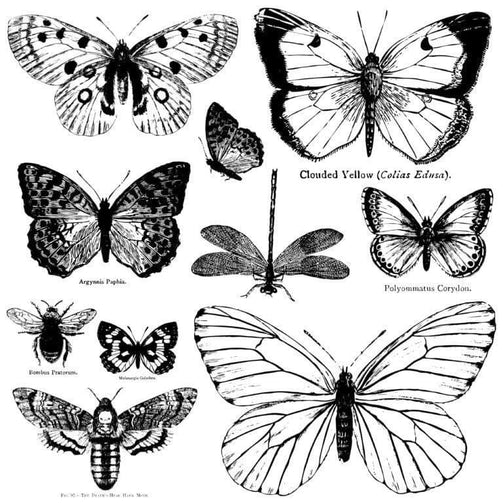

IOD Stamp Mask Butterfly
IOD Stamp Mask Butterfly
- Regular price
- $2.50 USD
- Regular price
-
- Sale price
- $2.50 USD
- Unit price
- per
Masks are used for layering stamps to create depth.
Where one stamp appears to be behind the other.
MASKING
After you’ve gotten a feel for stamping (remember - “commit, don’t shift” and PRACTICE) and you’re ready to take it to the next level - learn how to mask.
The purpose of masking is to create visual layers on your project without disrupting or muddying the original stamped image. The mask covers and protects the stamped image so that no impression is made on top of it with overlapping stamps. This keeps your designs crisp and clear.
Masking creates the impression of a foreground and a background on your projects.
You can make you own masks by stamping a piece of paper with the stamp you want to use and then cutting it out along the edge of the design. Or you can use the pre-cut reusable plastic masks included with our 2020 stamps releases. You just need to separate each mask from the sheet by gently separating along the perforated lines.
Before masking, you want to make sure your initial stamped image is dry otherwise you will smudge it when you lay the mask down. Unsealed surfaces are porous and will have a relatively quick drying time. But if you’re stamping on a sealed surface, you’ll want to wait longer to allow for adequate drying before masking.
To mask, simply line up the mask with the stamped design, laying it on top to protect the image. Then you can continue stamping the next layer.
When planning a project that uses masking, you need to think in reverse order. This means stamping what you want to be in ‘front,’ or in the foreground, first. Background, or images that appear in the under layers, are stamped last when you mask.
Other advanced techniques that you can use with stamps are the Batik technique, wet-on-wet flooding, dip pens and more. We show you how to do each one in detail in this tutorial.
Couldn't load pickup availability
